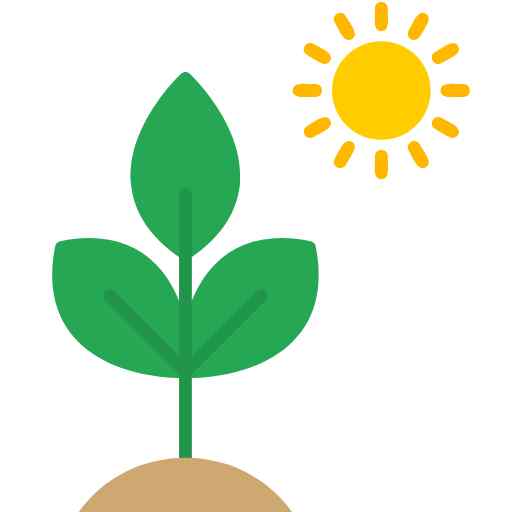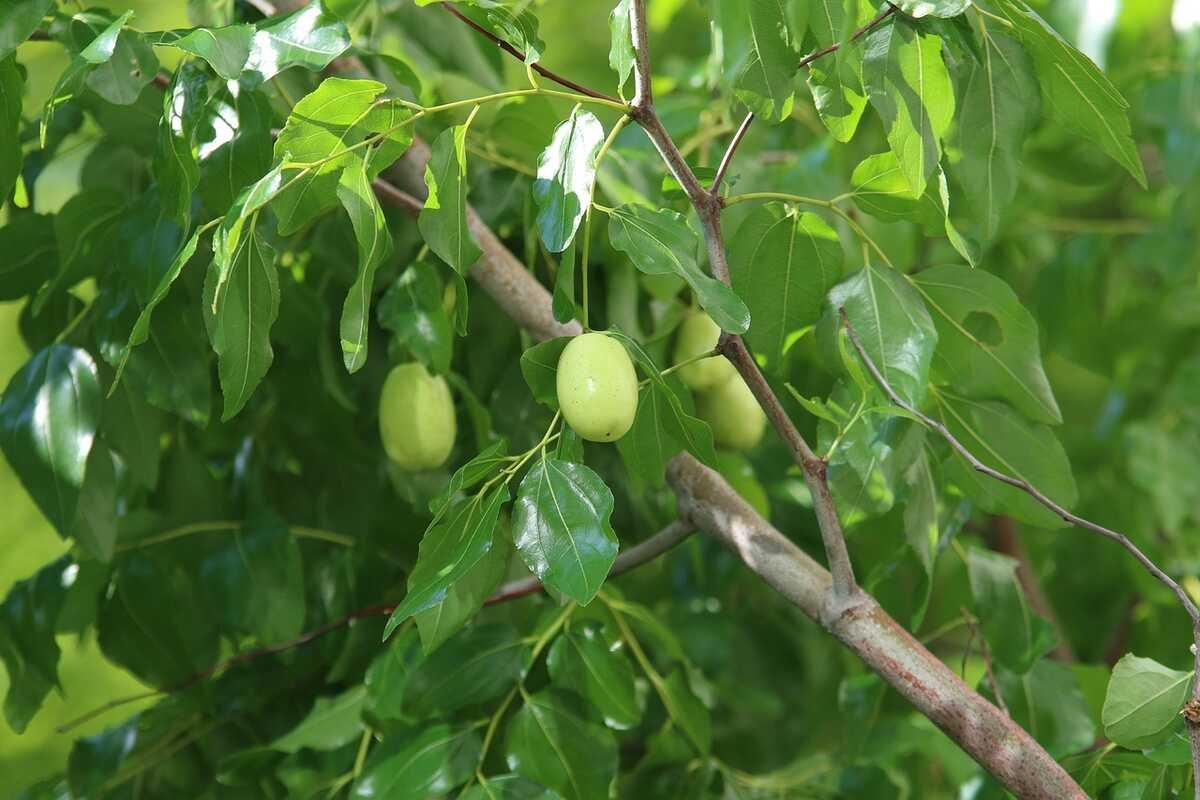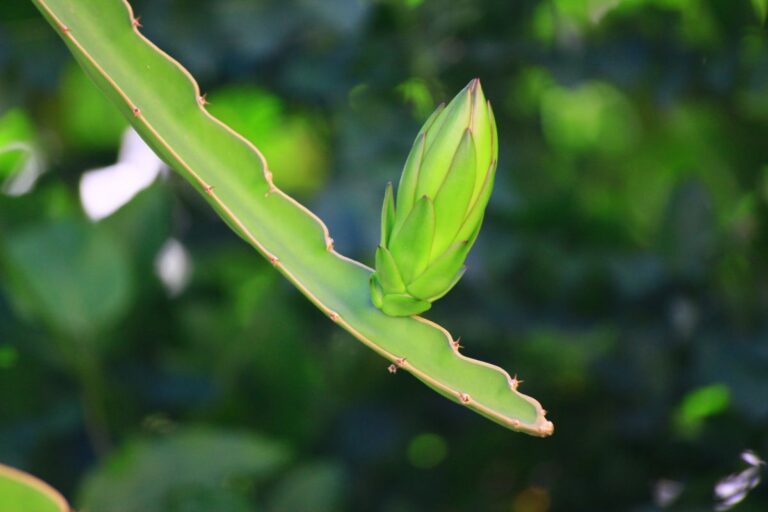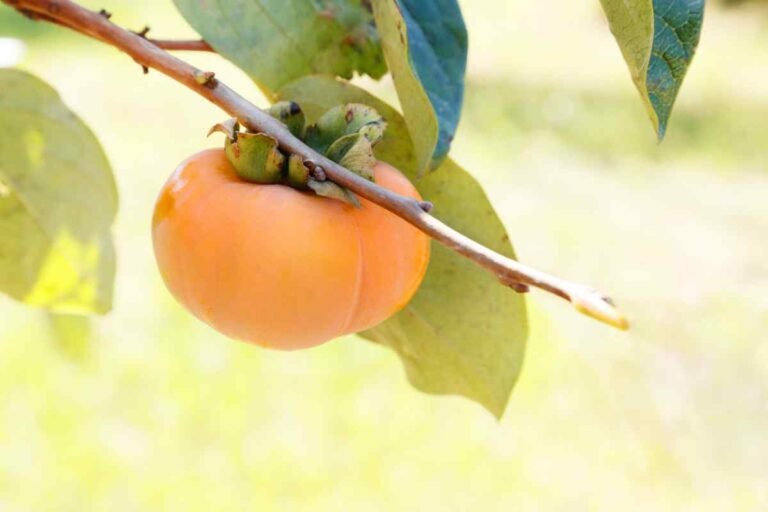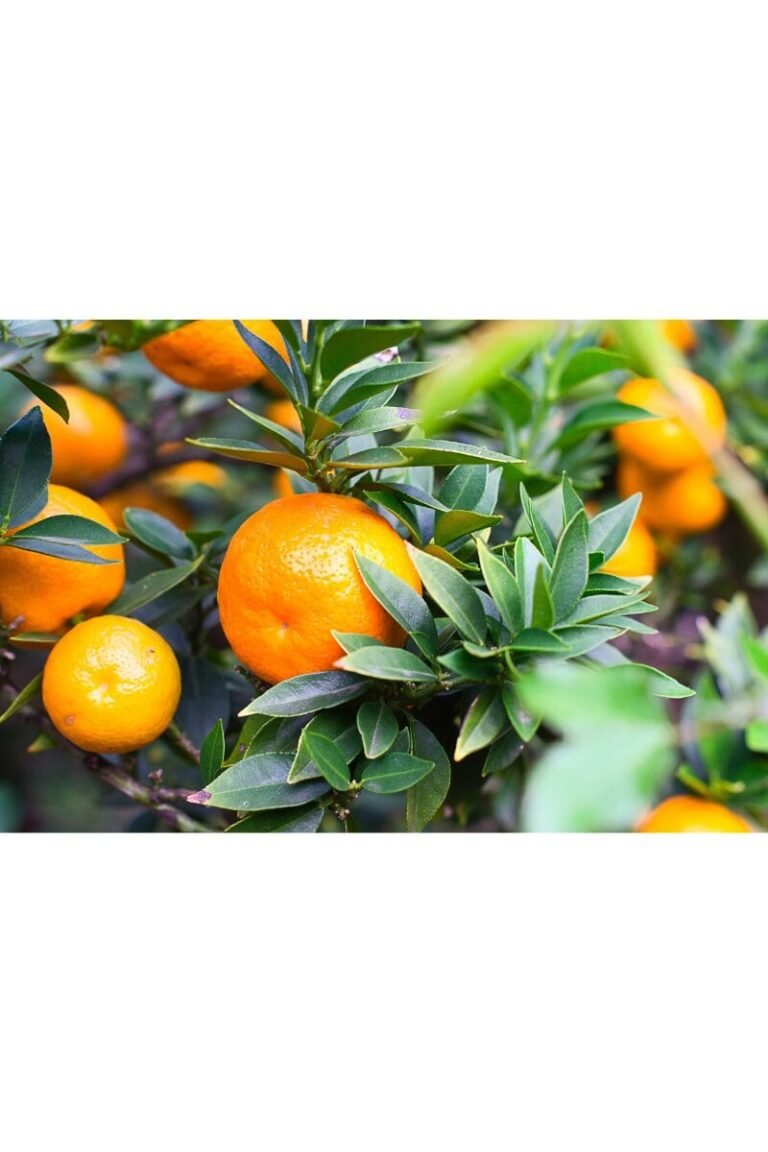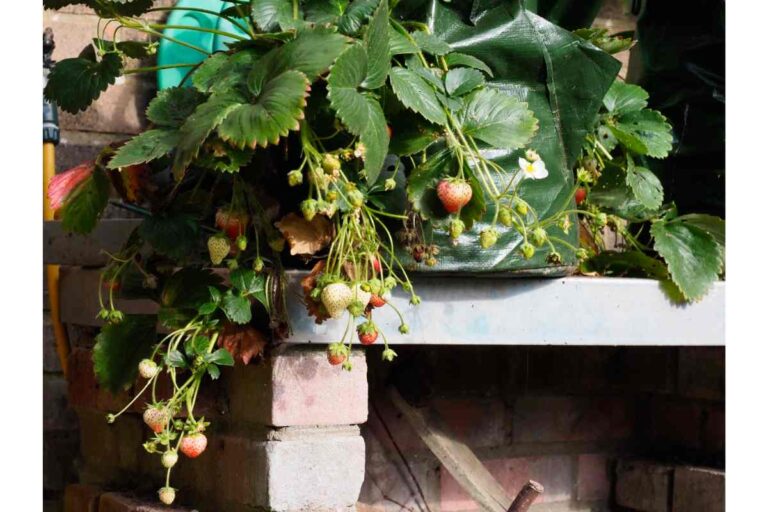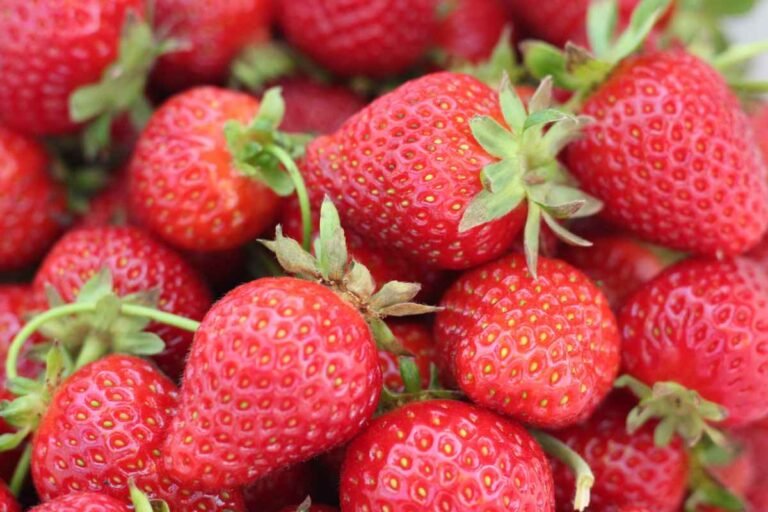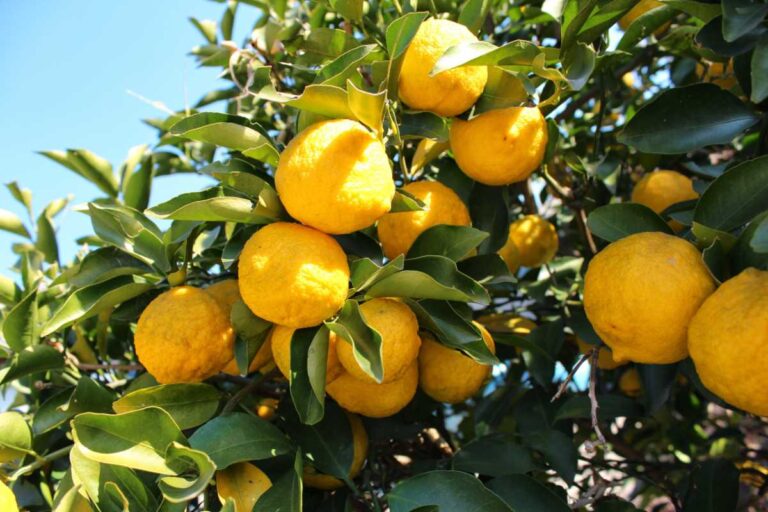Propagating Jujubes From Seeds – Even Novice Can Grow
Easy to grow, Jujube is well-known for its crisp texture and sweet, apple-like flavor. It is also known as Chinese jujube, Chinese date or red date. Jujube fruit is similar to a date, spherical in shape and 1 to 2 inches long. Jujube fruit has many health benefits. Jujube is incredibly nutrient-rich. According to scientific research, one of jujube’s most significant advantages is its capacity to quiet brain activity, calm the mind, and helps in maintaining a sound sleep. The jujube tree’s resistance to drought is also its noteworthy characteristics. Jujube grows into a 30 to 50 feet long tree with triangular branches, wide wrinkled leaves and thorny branches. In this blog post, we’ll completely guide you how to grow Jujube plant from seed.
Are Jujubes a Sleep Inducer?
According to a medical research, the jujube plant’s saponins and flavonoids, two different types of phytochemicals, cause changes in neurotransmitters that can make it simpler to fall asleep and stay asleep.
Varieties of Jujube Fruit
- Lang Jujube
- Li Jujube
- GA 866 Jujube
- Honey Jar Jujube
- Contorted Jujube
- Shanxi Li Jujube
- Chico
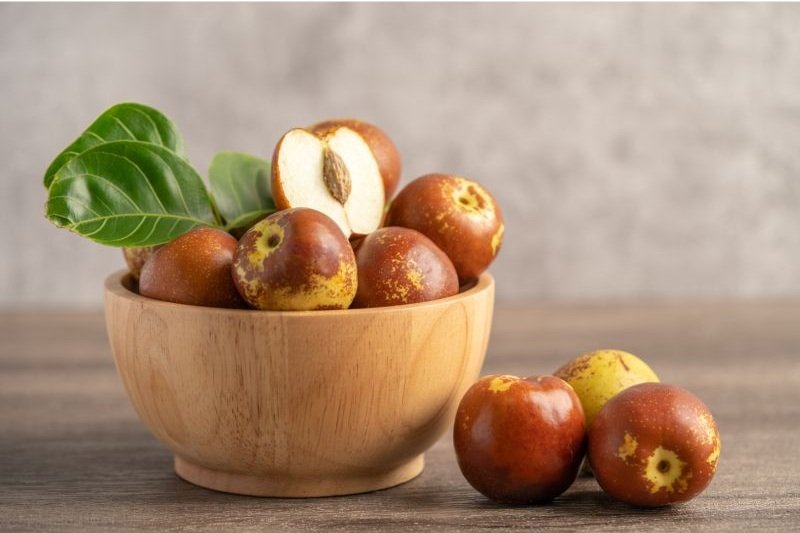
What Kind of Jujube are Self-Fertile?
The Li Jujube is self-fertile, but when planted with Lang, it will give more fruit.
Which Jujube Kind is the Juiciest?
The Shanxi Li, also called the pear jujube and having the largest fruits of any jujube we’ve seen, can produce fruit that is over 2 inches long
Which Jujube Tree doesn’t have Thorns?
The Lang is entirely thornless, unlike all other jujube trees. No more thorns to hurt you as you pluck this fruit.
Are Jujubes Easy to Grow?
Jujubes are among the easiest fruit crops to grow, with very few pests or issues ever reported.
How Much Space does a Jujube Tree Require?
Jujubes should be spaced 10 to 15 feet apart because they need a lot of light to produce well.
When Should I Plant Jujube Seeds?
In the spring, you can plant Jujube seeds. Gather Jujube seeds in late summer or fall, when the fruit has turned a glossy reddish-brown color with no signs of green at the ends.
The Jujube season lasts only a few months, from September to late October. Unpicked fruits will shrivel and dry on the branch. Dried jujube is also available in grocery stores throughout the year.
How Long do Jujube Seeds Take to Produce Fruit?
Growing Jujube trees is simple if you have sandy, well-drained soil. These trees are not selective about the pH of the soil, but they must be planted in full sunlight. You can propagate the tree by using seeds or root sprouts.
Jujube trees bloom the same year they are planted or grafted, and some cultivars can also bear fruit. The majority of cultivars will bear fruit in the second year. Jujubes will be reasonably produced after 4 to 5 years.
Jujube will begin production in three or four years, and production will be heavy. You should harvest them when the color changes from lime green to rust. Pick the fruit early in the season for the best flavor.
Steps for Growing Jujube Plant from Seeds
- Although jujube seeds can germinate without stratification, stratification facilitates and improves germination. Before seeding, the stones should be stratified in humid sand between 2°C to 5°C for 3 to 4 months. The stones are blended in a 1:3 volume ratio with moist sand and can be stored in pots or plastic bags.
- After the cold stratification period, remove the Jujube stones from the refrigerator. Pour the seeds into a bowl and soak them for 24 hours. Use a steel rasp to make a small hole in the side of each Jujube stone, or gently crack the endocarp with a hand-held nutcracker. This is known as scarifying the seed. This deteriorates the endocarp, or solid outer layer, allowing the seed inside to germinate more quickly.
- Plant Jujube seeds in 4-inch pots filled with sterile potting mix. Plant them half an inch deep. Water each container after sowing to help settle the soil. When growing Jujube in a pot, place the planted Jujube seeds near a greenhouse or a large warm place indoors. Preheat the pots with a germination mat and adjust them to less than 30°C during the day and not more than 20°C at night. Keep an eye on the moisture level in the potting mix, since it will dry faster in warmer temps. When the top 1/4 inch of the container feels mostly dry, add water.
- After three to four weeks, observe the germination. Continue to use the germination mat for another two weeks before turning it off during the day. Preheat the pot for another week overnight, then remove the germination mat. When the temperature outside exceeds 13°C at night, move the Jujube seedlings to a warm shelter. After the seedlings develop several sets of adult leaves, transplant them into 2-gallon pots filled with potting soil.
Do Jujube Trees Require Full Sun?
Jujubes require full sun to develop and prefer hot, dry climates. It thrives in full sun and light shade. They accept poor soil but perform best in well-fertilized soil. The Jujube tree is drought resilient, although it requires constant irrigation in hot temperatures to produce tasty fruit.
Jujube trees thrive in climates having prolonged hot summers; followed by mild rainfall in the season and chilly temperatures during hibernation.
The Jujube tree prefers a warm, sunny location. The tree will keep growing with the correct amount of sunlight and heat without requiring much care. When you cut or plant seeds, avoid placing them in the shade of neighboring trees.
Jujube trees dislike being in the shade and will not bear fruit if not exposed to enough sunlight. Choosing a location with full sun for the majority of the day is ideal for your Jujube tree.
How Often do You Water Jujube Plant?
Water newly planted Jujube trees deeply once a week in the spring and autumn, and twice a week throughout the hot summer months. Because deciduous plants lose their leaves in the winter, you should cease watering them.
For optimal development and fruit production, jujubes should receive at least 1 inch of water every week. Water the plant frequently, especially during dry seasons. If there is insufficient watering during dry seasons, the fruit may fall early. Pruning is required for jujubes.
Although jujubes are more drought-resistant than other fruit trees, they will require some irrigation to yield an abundance of fruit. Pests have little effect on the tree.
Create a water bowl of 36-inch diameter around the well-watered tree to keep moist the roots while the tree is growing.
Depending on the weather, water the tree twice weekly during the winter. Before re-watering, make sure the soil is not too moist. If this is the case, wait a few days and check again. After the tree is well established and has a deep root system, you can water it less frequently.
Do Jujubes Ripen after Being Picked?
Jujubes will not ripen after picking, but they will get slightly riper and pale yellow if sealed in a bag and subjected to ethylene gas from the ripening Apple. This fruit will be less sweet than tree-ripened fruit.
Jujube fruit blooms between February and May. When immature fruit is picked up, they have green skin and will not ripen. Later-picked fruit will continue to mature after the harvest.
Jujubes are ready for picking when their color changes from lime green to rust. Pick the fruit early in the morning for the finest flavor.
How do You Tell When Jujubes are Ripe?
Although fully brown or red jujubes are still perfectly edible, fresh food requires that they be at least half brown. Select fruit with smooth skin.
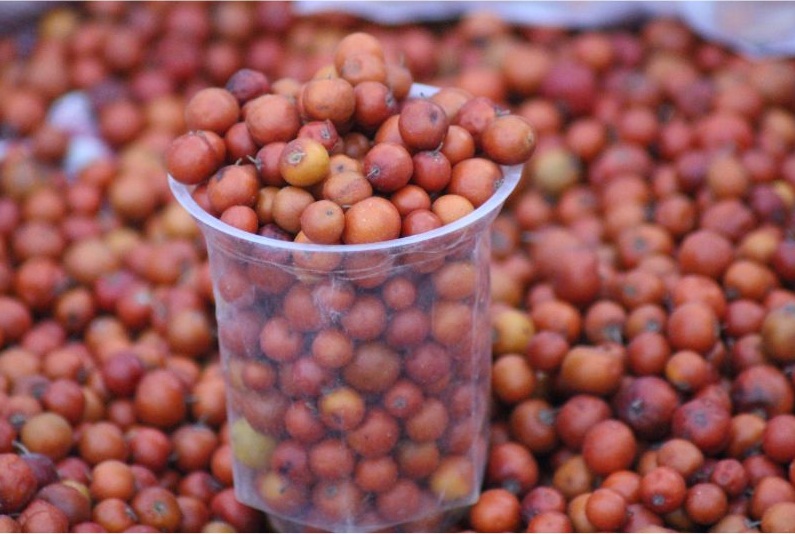
The immature fruit is green; as it ripens, it turns yellow-green with reddish-brown patches, and the fully developed fruit is entirely red. You can pick them up whenever you want, from yellow-green to fully red. The more red they are, the sweeter they will be.
Can Jujubes Grow from Cuttings?
Jujubes cannot be successfully grown from cuttings. Jujubes may root from soft or hardwood cutting, but in reality, they are not propagated by cutting.
Examine a jujube tree in the morning to identify a good cutting tip. Pick a good stem with smaller, immature leaves growing towards the tip and larger, more mature leaves growing close to the stem at the bottom. Both young and adult stems do not break or bend.
How do You Harvest Jujube?
The jujube fruit is prepared for harvesting when it turns a deep brown color. The fruit may be left on the tree until it has completely dried. During harvesting, cut the stem rather than plucking the fruit from the vine.
Fruits that are not yet ripe have green skin and won’t ripen if harvested. After harvest, the fruit that was picked later will continue to mature. In 3 or 4 years, jujube trees will begin to produce, and the harvest may be extremely large.
How is a Jujube Tree Fertilized?
Jujube grows effectively with minimal or no fertilization. Growth will be expedited by sparingly applying a balanced fertilizer in three intervals of two months during the growing season. Don’t fertilize a newly planted tree until it’s been established for a few months.
Don’t fertilize Jujube when you plant it; instead, add 1 cup of fertilizer to the ground beneath the tree each spring after that. Jujube trees and even existing trees should be watered as soon as they are planted. In dry conditions, mature trees may need watering once a month. On light soil, water thoroughly twice weekly; on clay soil, once weekly.
Deeply soak the roots throughout; this typically takes 40 to 50 minutes. For optimal development and fruit production, jujubes should receive at least 1 inch of water every week.
Can Jujube Grow in Pots?
Jujubes can be grown in pots. Many people who live in apartments have Jujube trees on their balconies. Drill a 7 or 8 by 3/4 to a 1-inch hole at the bottom of a half barrel that has been turned upside down.
Using cactus and citrus potting soil, fill the barrel halfway. Mix well before adding a half cup of organic fertilizer. Fill the top four inches of a half-barrel with extra potting soil and another half cup of organic fertilizer.
Make a hole deep enough for the roots of your tree in the middle of the barrel. Take the tree out of the pot, then look them over. The tree should be placed in the center of the barrel. To settle it, give the trunk’s base a little shake. The container needs to be well-watered.
Cover the soil by spreading a few inches of compost over it. Ensure that the tree graft remains above the soil surface. Before watering the barrel once more, wait until the soil has dried to at least a few inches below the surface.
Which Kind of Soil is Best for Jujube Trees?
Although jujube trees may grow in a variety of soil types, they favor sandy, well-drained soil and do worse in heavy, poorly-drained soils. Make a hole that will accommodate the root system. Plant bare root trees as deeply as a nursery row but not more than 1 inch below.
Jujube trees are quite tolerant as long as the soil does not retain water, although they thrive in well-drained, humus-rich, slightly sandy soil.
Jujube prefers soil that has a pH scale between 5.5 and 6.5, which is slightly acidic. They can then tolerate a small pH deviation from these limits with little difficulty.
